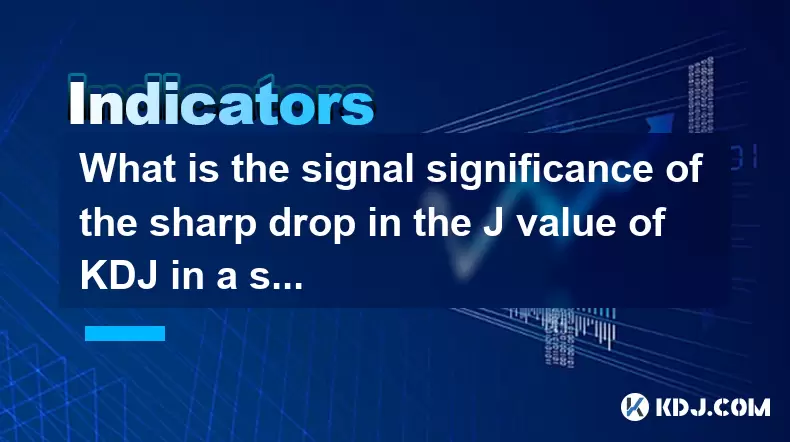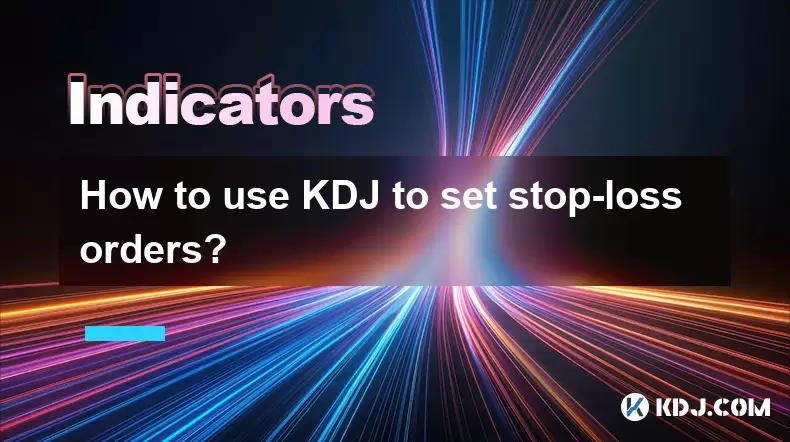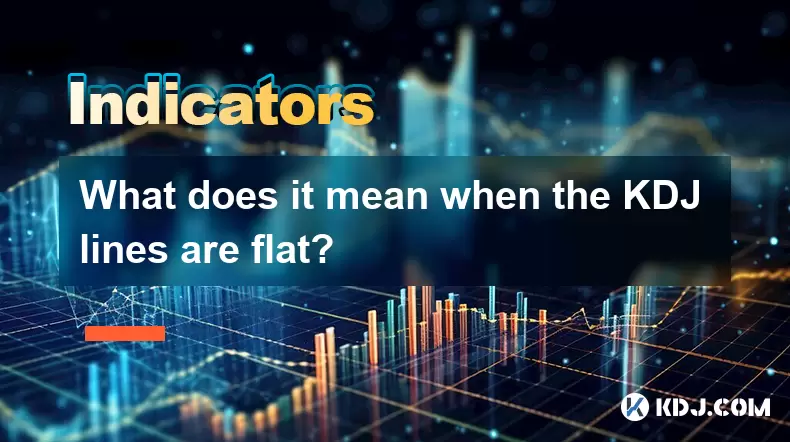-
 Bitcoin
Bitcoin $114700
-3.36% -
 Ethereum
Ethereum $3619
-6.51% -
 XRP
XRP $2.926
-7.66% -
 Tether USDt
Tether USDt $0.9998
-0.02% -
 BNB
BNB $768.6
-4.90% -
 Solana
Solana $168.2
-7.52% -
 USDC
USDC $0.9999
0.00% -
 Dogecoin
Dogecoin $0.2045
-9.02% -
 TRON
TRON $0.3243
-0.27% -
 Cardano
Cardano $0.7208
-8.45% -
 Hyperliquid
Hyperliquid $39.74
-9.17% -
 Stellar
Stellar $0.3882
-8.79% -
 Sui
Sui $3.481
-11.93% -
 Chainlink
Chainlink $16.52
-9.04% -
 Bitcoin Cash
Bitcoin Cash $556.7
-4.79% -
 Hedera
Hedera $0.2444
-11.40% -
 Avalanche
Avalanche $21.96
-8.51% -
 Ethena USDe
Ethena USDe $1.001
-0.02% -
 UNUS SED LEO
UNUS SED LEO $8.950
0.15% -
 Toncoin
Toncoin $3.425
-2.33% -
 Litecoin
Litecoin $104.4
-5.94% -
 Shiba Inu
Shiba Inu $0.00001212
-7.49% -
 Polkadot
Polkadot $3.630
-6.98% -
 Uniswap
Uniswap $9.165
-10.12% -
 Monero
Monero $306.8
-3.10% -
 Dai
Dai $0.9999
-0.01% -
 Bitget Token
Bitget Token $4.360
-3.43% -
 Pepe
Pepe $0.00001049
-9.59% -
 Cronos
Cronos $0.1352
-8.67% -
 Aave
Aave $256.5
-8.03%
What is the signal significance of the sharp drop in the J value of KDJ in a single day?
A sharp drop in the KDJ's J line, especially from overbought levels (>100) to below 0, signals a rapid loss of bullish momentum, often warning of a potential trend reversal or correction in volatile crypto markets.
Jul 30, 2025 at 05:14 pm

Understanding the KDJ Indicator in Cryptocurrency Trading
The KDJ indicator is a momentum oscillator widely used in technical analysis within the cryptocurrency market. It comprises three lines: the %K line, the %D line, and the %J line. The %K line reflects the current closing price relative to the price range over a specific period, usually 9 days. The %D line is a moving average of %K, and the %J line is derived from the formula: J = 3 × %K – 2 × %D. This makes the %J line more sensitive and volatile compared to the other two. Because of its amplified response, a sharp drop in the J value often signals a significant shift in market momentum.
Traders rely on the KDJ to identify overbought or oversold conditions. When the J value exceeds 100, the market is typically considered overbought, suggesting a potential pullback. Conversely, when the J value drops below 0, it indicates oversold conditions, possibly signaling a rebound. However, a sudden and steep decline in the J line—especially within a single trading day—carries deeper implications, particularly in the highly volatile crypto space.
Why the J Line Reacts More Sharply Than K or D
The mathematical construction of the J line makes it inherently more reactive. Since it is calculated using a weighted formula that amplifies the difference between %K and %D, even small changes in these lines can lead to dramatic swings in J. For instance:
- If %K drops rapidly due to a sudden price decline
- And %D, being a smoothed average, lags behind
- Then the J value = 3×%K – 2×%D will fall sharply
This amplification effect means the J line can plunge from overbought levels (e.g., 120) to neutral or negative territory (e.g., 20 or below) in a single session. In cryptocurrency markets, where price swings are common, such movements are not rare but require careful interpretation.
Interpreting a Single-Day Sharp Drop in the J Value
A dramatic fall in the J line over one day often reflects a rapid loss of bullish momentum. This could be triggered by:
- A sudden sell-off in a major cryptocurrency like Bitcoin or Ethereum
- Negative news such as regulatory crackdowns or exchange outages
- Profit-taking after a strong upward trend
- Broader market corrections in altcoins
When the J value drops sharply, it suggests that short-term buying pressure has evaporated almost instantly. If this occurs while the price is still high or near recent peaks, it may indicate exhaustion in the uptrend. Traders watch for confirmation from other indicators such as RSI divergence or volume spikes to validate the signal.
In some cases, the drop may be a false signal caused by a temporary flash crash or thin liquidity on smaller exchanges. Therefore, it is essential to cross-verify with price action and volume data across multiple platforms.
How to Respond to a Sharp J Line Decline: Step-by-Step Actions
When you observe a steep drop in the J value within a 24-hour period, follow these steps to assess and act appropriately:
- Check the current J value and its prior position – Was it above 100 (overbought) before the drop? A fall from extreme highs carries more weight.
- Analyze the corresponding price chart – Look for long red candles, gaps down, or increased trading volume to confirm selling pressure.
- Compare with %K and %D lines – Are both also declining, or is only J reacting? If K and D remain elevated, the J drop may be a temporary spike.
- Review broader market conditions – Is the entire crypto market declining, or is the asset underperforming its peers?
- Examine order book depth and trading volume – Thin order books can exaggerate indicator movements.
- Wait for confirmation on the next candle – A continued drop in price or a close below key support strengthens the bearish signal.
Using a trading platform like TradingView or Binance's advanced chart, you can overlay the KDJ indicator and adjust the parameters (typically 9,3,3) to fine-tune sensitivity. Ensure the data source is reliable and based on a high-volume exchange to avoid misleading signals.
Distinguishing Between Normal Fluctuations and Warning Signs
Not every drop in the J line is significant. In highly volatile cryptocurrencies, J values frequently swing between 0 and 150. What matters is the context of the drop. Key factors include:
- Speed of the decline – A drop from 110 to 40 in four hours is more concerning than a gradual fall over two days.
- Price trend prior to the drop – If the asset has risen 30% in a week, a sharp J decline may signal a correction.
- Divergence with price – If the price makes a new high but the J line fails to do so (bearish divergence), it hints at weakening momentum.
- Market-wide correlation – If Bitcoin is stable but an altcoin’s J line crashes, the issue may be specific to that asset.
For example, if Solana rallies to $200 and the KDJ J line spikes to 130, then plummets to 35 the next day on high volume, this could indicate a top formation. Conversely, if Dogecoin sees a J drop from 90 to 50 during a sideways market, it may simply reflect normal oscillation.
Common Misinterpretations of the J Line Drop
Many traders misread a sharp J decline as an automatic sell signal. However, the J line alone is not sufficient for decision-making. Common mistakes include:
- Acting solely on the J value without checking price structure or support/resistance levels
- Ignoring timeframe differences – a drop on the 15-minute chart may not matter on the daily chart
- Overreacting to J values below 0, which can persist in strong downtrends without immediate reversal
- Failing to adjust KDJ settings for different cryptocurrencies, as highly volatile tokens may require smoothing
A sharp J drop in a ranging market may simply indicate a return to equilibrium, not a trend reversal. Always combine KDJ analysis with candlestick patterns, moving averages, and on-chain data for a comprehensive view.
Frequently Asked Questions
What does it mean if the J value drops below 0 after being above 100?
A plunge from overbought (>100) to below 0 suggests extreme momentum reversal. It often occurs after a parabolic rise followed by panic selling. This scenario is common in memecoins or low-cap altcoins during pump-and-dump cycles.
Can the J line stay low for extended periods?
Yes. In prolonged downtrends, the J line can remain below 20 or even 0 for days. This reflects sustained bearish pressure and does not necessarily indicate an imminent rebound. Waiting for a cross of %K above %D may offer better timing.
Is the KDJ indicator reliable on 5-minute crypto charts?
The KDJ can be used on short timeframes, but whipsaws are frequent due to crypto’s volatility. It’s advisable to use higher settings (e.g., 14,3,3) or combine it with filters like Bollinger Bands or volume-weighted moving averages to reduce noise.
Should I use KDJ on futures or spot trading?
KDJ is applicable to both, but futures markets amplify signals due to leverage and funding rates. A sharp J drop in perpetual futures might reflect liquidation cascades, making the signal more urgent but also more prone to reversals.
Disclaimer:info@kdj.com
The information provided is not trading advice. kdj.com does not assume any responsibility for any investments made based on the information provided in this article. Cryptocurrencies are highly volatile and it is highly recommended that you invest with caution after thorough research!
If you believe that the content used on this website infringes your copyright, please contact us immediately (info@kdj.com) and we will delete it promptly.
- Australia vs Lions: Unleashing Betting Offers and Free Bets for the Thrilling Finale
- 2025-08-01 16:30:11
- Bitcoin, Satoshi, and the Echoes of Ancient Wisdom in DeFi
- 2025-08-01 16:50:12
- ONDO Tokens: Could They Mint the Next Crypto Millionaires?
- 2025-08-01 16:30:11
- Satoshi, Meme Coins, and Substance: A New Era?
- 2025-08-01 16:50:12
- Decoding the Roar: Australia, the Lions, and the Betting Odds
- 2025-08-01 16:55:48
- Bitcoin Price Plummets Amid Trump Tariffs: A Market Sell-Off Deep Dive
- 2025-08-01 16:55:48
Related knowledge

How do I secure my private key?
Aug 01,2025 at 05:14pm
Understanding the Importance of Private Key SecurityYour private key is the most critical component of your cryptocurrency ownership. It is a cryptogr...

How does the KDJ indicator apply to decentralized finance (DeFi) tokens?
Aug 01,2025 at 04:43pm
Understanding the KDJ Indicator in Technical AnalysisThe KDJ indicator is a momentum oscillator derived from the Stochastic Oscillator, widely used in...

What is the difference in KDJ signal interpretation between a trending and a ranging market?
Aug 01,2025 at 03:56pm
Understanding the KDJ Indicator in Cryptocurrency TradingThe KDJ indicator is a momentum oscillator widely used in cryptocurrency trading to identify ...

Does the KDJ indicator work well for low-liquidity crypto assets?
Aug 01,2025 at 02:01pm
Understanding the KDJ Indicator in Cryptocurrency TradingThe KDJ indicator is a momentum oscillator derived from the Stochastic Oscillator, widely use...

How to use KDJ to set stop-loss orders?
Aug 01,2025 at 04:28pm
Understanding the KDJ Indicator in Cryptocurrency TradingThe KDJ indicator is a momentum oscillator widely used in technical analysis within the crypt...

What does it mean when the KDJ lines are flat?
Aug 01,2025 at 03:22pm
Understanding the KDJ Indicator in Cryptocurrency TradingThe KDJ indicator is a momentum oscillator widely used in cryptocurrency technical analysis t...

How do I secure my private key?
Aug 01,2025 at 05:14pm
Understanding the Importance of Private Key SecurityYour private key is the most critical component of your cryptocurrency ownership. It is a cryptogr...

How does the KDJ indicator apply to decentralized finance (DeFi) tokens?
Aug 01,2025 at 04:43pm
Understanding the KDJ Indicator in Technical AnalysisThe KDJ indicator is a momentum oscillator derived from the Stochastic Oscillator, widely used in...

What is the difference in KDJ signal interpretation between a trending and a ranging market?
Aug 01,2025 at 03:56pm
Understanding the KDJ Indicator in Cryptocurrency TradingThe KDJ indicator is a momentum oscillator widely used in cryptocurrency trading to identify ...

Does the KDJ indicator work well for low-liquidity crypto assets?
Aug 01,2025 at 02:01pm
Understanding the KDJ Indicator in Cryptocurrency TradingThe KDJ indicator is a momentum oscillator derived from the Stochastic Oscillator, widely use...

How to use KDJ to set stop-loss orders?
Aug 01,2025 at 04:28pm
Understanding the KDJ Indicator in Cryptocurrency TradingThe KDJ indicator is a momentum oscillator widely used in technical analysis within the crypt...

What does it mean when the KDJ lines are flat?
Aug 01,2025 at 03:22pm
Understanding the KDJ Indicator in Cryptocurrency TradingThe KDJ indicator is a momentum oscillator widely used in cryptocurrency technical analysis t...
See all articles

























































































